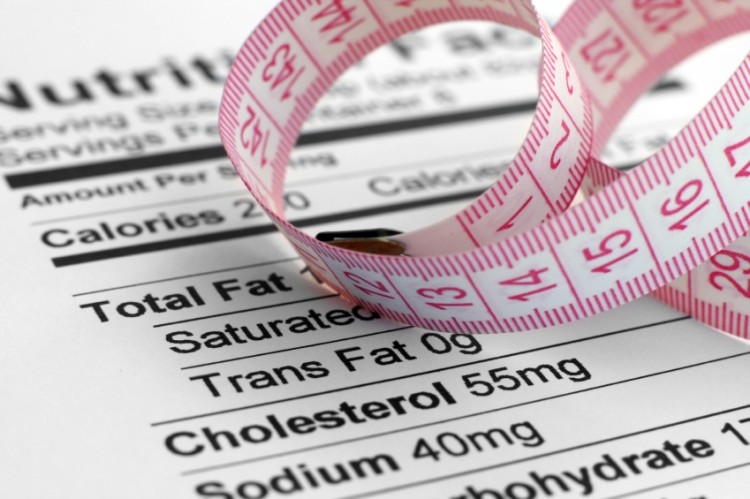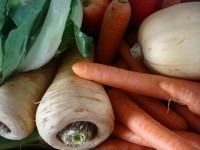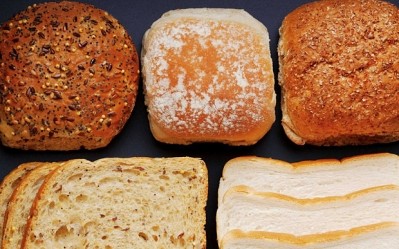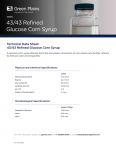Dietetic products an ‘easily attainable’ goal for bakers: Review

Published in the second edition of Bakery Products Science and Technology, Selena Chan from New Zealand evaluated the level of opportunity there was for bakers developing dietetic baked goods for specific market segments. Baked goods for food intolerances; specialized diet requirements; and specific ages were developed and discussed.
“’We are what we eat’ is an apt adage adopted by some consumers to inform their dietary choices. It is therefore important for bakers to also be conversant with the range of consumer preferences and dietary needs characterizing the present bakery products market,” Chan wrote.
“…Baking products that provide for the good health of customers is an easily attainable goal for bakers.”
Food intolerances
Gluten, lactose and egg intolerances heavily impacted the bakery industry, Chan said.
“Allergies to other food products, notably peanuts and sulfites, also affect the baking industry, but a clear-cut choice to avoid using these ingredients in bakery products is possible, whereas the three ingredients in this section, wheat and other gluten bearing cereals, dairy products, and eggs, are basic ingredients used in almost all bakery products.”
For gluten-free, the challenge for bakers was replicating the functionality of gluten in the absence of wheat flour – something that proved extremely difficult and required careful formulation mixtures using starches, gums and non-gluten flours.
Lactose-free bakery proved slightly simpler because milk could be replaced with soy milk in all products, she said, and egg-free products often proved easy because milk or other liquids could add moisture. Egg-free cake and sponges proved more complex to develop because of the aerating properties eggs gave to the process, but in most cases, commercial egg replacers or soy flour mixes could be used.
Better-for-you
Obesity levels across many developed countries had soared, and as weight-conscious consumers tended to avoid bakery products, there had been a flurry of baked goods marketed as low fat, low sugar, and/or high fiber, Chan said.
There were a range of methods to improve the health profile of baked goods using conventional ingredients and formulation adjustments, she said. For example, wholemeal or wholegrains could be used to naturally increase the fiber content; and oil, sugar and egg content could be lowered and regular full fat milk replaced with skimmed or soy versions.
Low fat, reduced sugar products could also be developed for diabetic consumers using conventional ingredients, she said. Banana bread, for example, provided a naturally sweet alternative.
Vegetarian and vegan
The number of consumers following vegetarian and vegan diets was steady, but baking for vegetarians was considerably easier than baking for vegans.
In many cases, animal-based fats could be replaced by vegetable oils or shortenings based on hydrogenated vegetable oil. Similarly, dairy and eggs can be easily replaced in most baked products, she said.
“Vegan baking requires bakers to be philosophically and ethically committed to the challenge of baking without cane sugar, dairy products, eggs, or refined oils.”
As an example, carrot cake or other firm vegetable-based cakes could be made if dairy was replaced with rice, coconut or nut milks.
Age-targeted health
The nutritional needs for young children, women and seniors varied considerably, Chan said, and there were opportunities to develop baked goods that targeted these needs.

Baked goods made using natural colorings that were low in fat, sugar and high in fiber could be developed to target younger children’s health needs, she said.
For example, chocolate chip cookies could be made using wholemeal flour for added fiber and oil and syrup as a shortening to lower the sugar content.
For women, three stages of life were important in terms of dietary needs – adolescence, pregnancy and menopause, she wrote.
During adolescence, for example, young women needed higher levels of calcium, iron and folate and during pregnancy calcium and iron were especially important for the mother and fetus.
In addition, “recent research has highlighted the special dietary needs of postmenopausal women”, she added. A phytoestrogen-rich diet helped alleviate the symptoms of menopause – compounds that could be found in soy and flaxseeds.
As the world’s population aged, Chan said there was also opportunity to develop baked goods for senior consumers. Seniors had special and unique dietary requirements, she said, including a need for more calcium and vitamins D, B6 and B12, but a lower need for vitamin A. Some seniors were also at risk of being deficient especially in zinc, magnesium, and folate.
“Bakery products could play a role in providing healthy food for seniors as most baked products are produced ready to eat, without the need for further preparation. To meet the specific dietary demands of seniors, products that are high in fiber, high in calcium and vitamin B, and are easy to chew are required,” Chan wrote.
Source: Bakery Products Science and Technology, Second Edition
Published online June 2014 ahead of print, doi: 10.1002/9781118792001.ch37
“Dietetic bakery products”
Authors: S. Chan. Editors W. Zhou, YH. Hui, I. De Leyn, MA. Pagani, CM. Rosell, JD. Selman and N. Therdthai

















